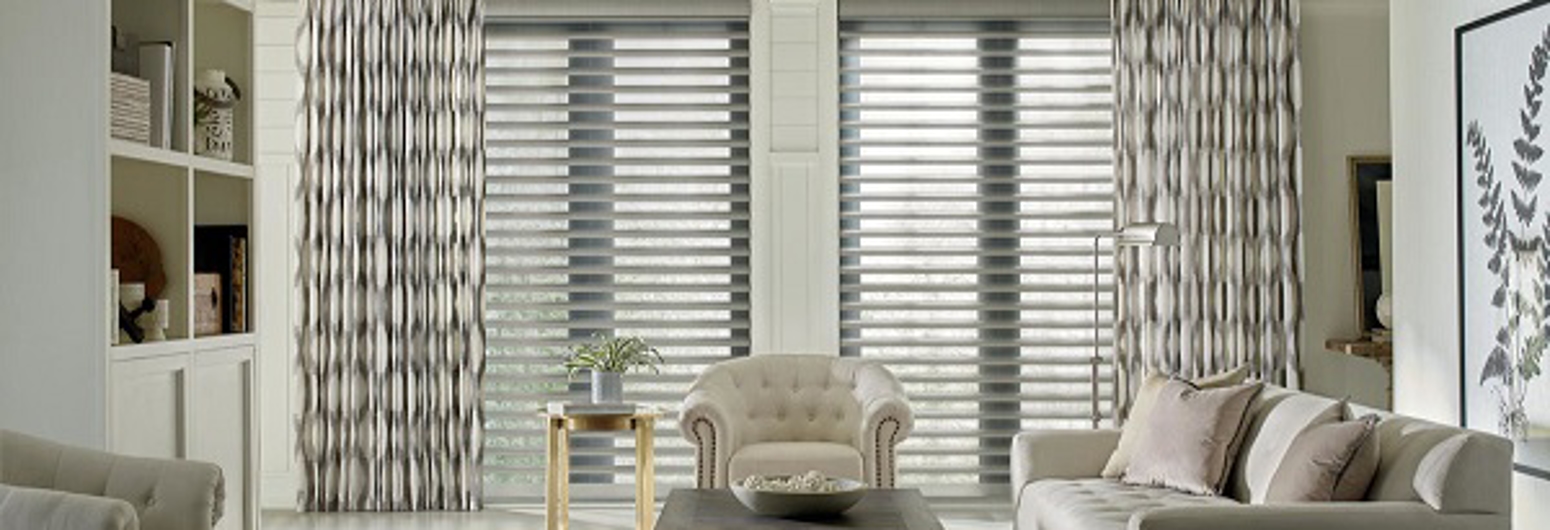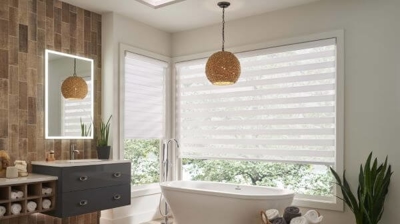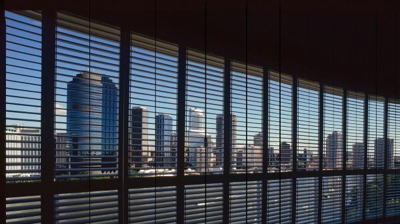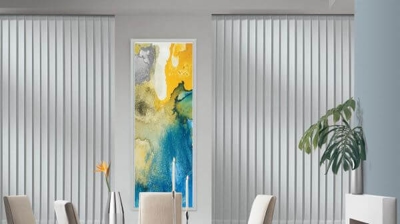In the world of design, trends and styles are constantly changing. Part of what makes design so fascinating and exciting is that it is fluid and always evolving. Common terms and labels are used in order to help with communicating different ideas and themes, but these labels are fluid as well.
Just as no two people see colors the exact same way, design is often subjective to the viewer. Over the years, certain labels have become more defined and design styles have been named based upon certain recurring characteristics. These design styles are broad categories that can be broken down into a wide variety of subcategories. And even some of these subcategories are blended with subcategories of other design styles to create a unique blend or crossover design style of their own.
The primary rule of design is that there are no rules! Rather there are guidelines to help facilitate common understanding of what we are trying to accomplish.
In this article, we have taken broad categories of design styles and given them some definitions and structure to showcase some of the strong attributes and provide examples of what they look like in the world of interior design.
We explore the following types of design aesthetics:
- Glam
- Rustic
- Shabby Chic
- Southwestern
Glam Design Style
Glam design style is opulent and luxurious. It combines luscious materials with metallics and shiny finishes to create a feeling of elegance and sophistication.
Glam design draws inspiration from art deco design and elements of Hollywood style. Textures and glossy finishes also bring an atmosphere of extravagance and romance.
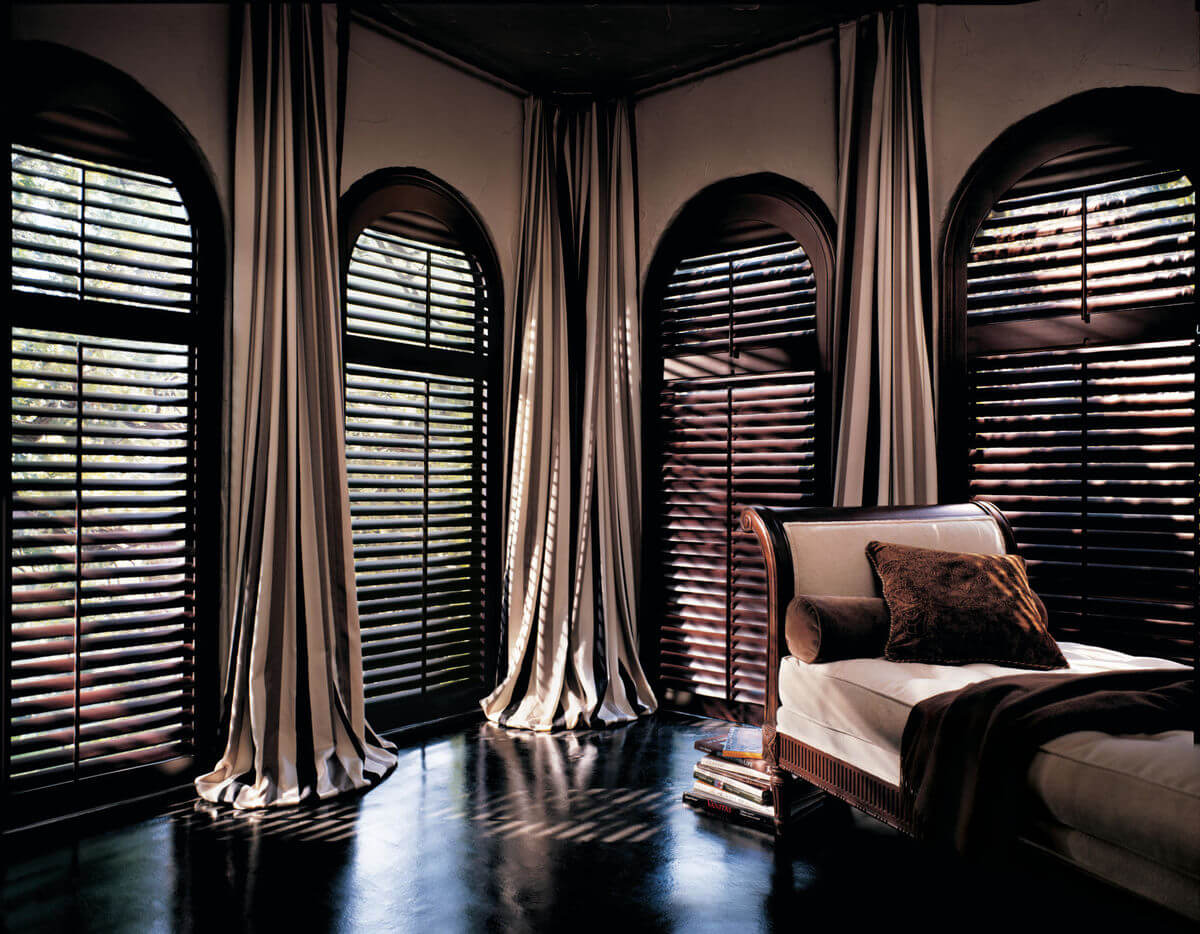
Key Features Of Glam Design
While glam design is extravagant, it is not cluttered. The goal is to maintain sleek, classic lines and a clean, minimalist look while highlighting the glamorous elements. Here are some of the defining features of glam design:
- Luscious materials and textures
- Metallics, mirrored or glossy finished accessories and accents
- Minimalist approach to decor and accessories
- Wall decor and artwork over-sized and either black and white or vibrant and abstract
- Emphasis on clean lines and classic shapes
- Accents of metallic, crystal, or mirrors - anything shiny or glitzy
- Incorporates bold geometric patterns
- Includes striking contrast whenever possible
- Color palettes are a balance of saturated, jewel tones and clean, neutral colors
- Intended to give a feeling of opulence and luxury
Window Treatments For Glam Design Styles
The intention of glam style is to make everything feel large and extravagant. When it comes to windows, the best way to make your space feel larger than life is to add floor to ceiling soft window treatments.
Nothing says luxury quite like luscious fabrics and sweeping valances. Bold geometric patterns can be used or solids with color blocking or banded edges. Sheer fabric can also be a great way to add to the romantic, dream-like feel of the room.
When hanging drapes, the closer to the ceiling the better! Even if the window is not that tall, by hanging the drapes higher, you are asking the eye to travel from top to bottom. This will make the room feel more spacious and give the illusion that the window itself is bigger as well.
For glam design, drapery hardware can also embellish the style of the room. Choosing decorative hardware that is metallic or shiny is a great way to add a little glitz and glam to the window treatment. Tiebacks are also a fun way to add decorative touches to any drapery.
Another soft window treatment option for glam design is Roman shades. While these may not be as grand as floor to ceiling drapes, they can still incorporate beautiful fabrics and materials. Edging, banding, and trim can also be added to these soft window treatments for a little extra flair.
Roman shades will extend to cover the window itself and can be raised so that just a portion of the shade remains visible. These can be added to side panels or draperies and have a beautiful, completed look when topped with a valance, cornice, or swag.
As you can see, there are a multitude of possibilities when it comes to discussing soft window treatments. Discussing your needs with your Gotcha Covered Design Team Expert is a great way to narrow down the options to find the perfect window treatments for your space.
Rustic Design Style
Rustic is a term that is used within the definitions of several other design styles, such as farmhouse, coastal, Tuscan, and cottage. Rustic design is also referred to as lodge style since it is what you would expect to see if you were to walk into a cabin or mountain getaway.
Rustic design is all about natural materials, raw and unfinished edges, and organic lines and shapes. Everything is simple and casual, comfortable and worn. Nothing too polished would typically be found in this design style but that is what adds to its rough, weathered charm.
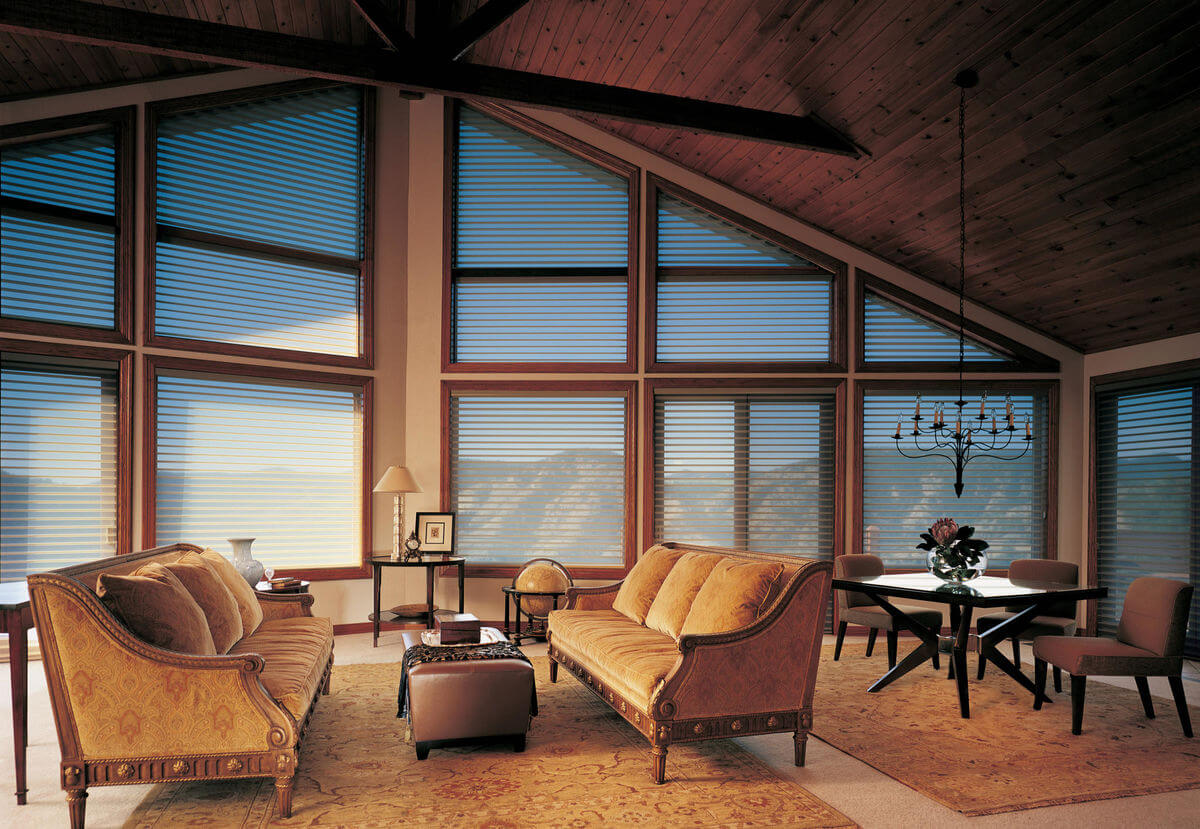
Key Features Of Rustic Design
Rustic design should be a balance of hospitality and grit. The goal is to inspire a warm and welcoming atmosphere through simple design and organic, earthy materials. Here are some of the basic features of rustic design:
- Raw, unfinished materials in the natural state such as wood and stone
- Handmade furniture and accessories
- Rougher fabrics such as burlap and canvas
- Exposed structural design elements such as large, wooden beams
- Color palettes favor warm, earthy tones with subtle additions of denim blue, coca cola red, golden yellow, or faded turquoise
- Distressed materials that look aged, weathered, and worn that add to the casual, comfort of the space
- Reclaimed items such as metal trays, wire baskets, and wooden palettes that are repurposed as decor or accessories
- A balance of a warm and inviting atmosphere with rough and gritty textures
Window Treatments For Rustic Design Style
Remember that rustic elements can be added to several other design styles. If you are truly looking for a rustic lodge type feel to your space, then your goal is to make the window treatments blend into the natural structure of the room.
The primary focus for these window treatments is going to be function - what do you need these window treatments to do for your space?
Do you need light control for harsh, afternoon sun? Or perhaps something for privacy after the sun has gone down? Consider shades that can be easily lowered and raised as needed. There are several styles and materials that can be used for window shades.
Woven wood shades, for example, have a natural, earthy quality that will work well with this style. Depending on the tightness of the weave, however, these shades may not block all of the light that is coming through. Knowing exactly what function you need your shades to perform will help you determine the right material for the job.
Wood blinds are also a wonderful option for rustic design. Blinds will deliver the light control and privacy that you may need and when raised, they do not obstruct much of the window.
Drapes and curtains are definitely a popular choice for rustic design, even if the emphasis is on functionality not decoration. Again the material will be the primary decision maker for these window treatments. Choosing solid, neutral colors with minimal adornments and simple hardware will help these treatments camouflage into the architecture of the space.
Shabby Chic Design Style
Shabby chic embraces a worn, lived in look that exudes comfort and romantic elegance. It pays homage to the past with vintage pieces and historical elements scattered throughout.
Shabby chic emerged as a response to the opulence of glam design. This design style takes a very different approach from the decadence and extravagance of glam and instead focuses on muted colors, secondhand pieces, and repurposed materials. Shabby chic is meant to feel comfortable and lived in.
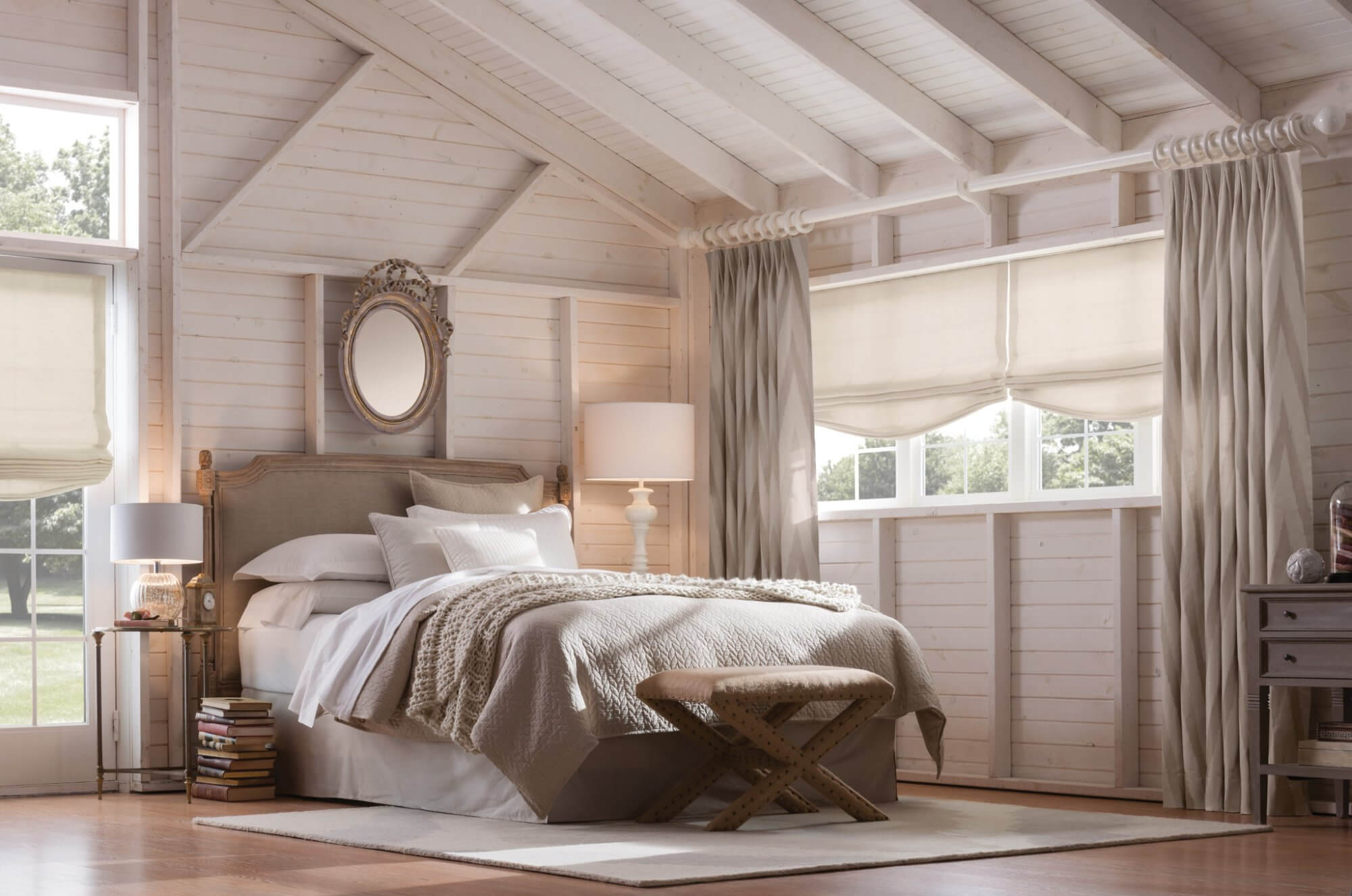
Key Features Of Shabby Chic Design
Shabby chic is a delicate balance of carefree and put together. The goal of shabby chic is to bring together different elements that give a personal touch and make you feel at home. Here are some of the defining features of shabby chic design:
- Antique furniture and vintage pieces are key
- Worn and comfortable furniture and accessories to create a homey feel
- Comfortable fabrics such as cotton and linens mixed with delicate sheers or lace
- Distressed materials that showcase a worn, weathered appearance
- Delicate accessories such as ceramics, china or pottery
- Soft hues and pastel color schemes
- Emphasis on neutral backgrounds
- Creates a light and airy ambiance
Window Treatments For Shabby Chic Design Styles
For windows in a shabby chic styled room, soft window treatments will give you the desired look and feel.
Long, flowing drapes will add to the romantic atmosphere of the space. Fabrics can be thick and cozy with beautiful pastel or neutral colors, or they can be light and airy with sheers or lace.
There is a wide variety of options for embellishments from top treatments to tie backs and trim on the edges. All of these can add a vintage or antique feel to the windows.
Shutters can also bring a beautiful, nostalgic feel to windows to complete the shabby chic look. Wood finishes or light colored shutters would be great options for these windows.
Layering different window treatments always creates a beautifully finished window, but it really lends itself to this design style. Pairing a Roman shade with long, sheer drapes, for example, will give you light control and privacy when needed as well as the beautiful decorative accent.
Southwestern Design Style
Southwestern design is colorful, warm, and inviting. Sometimes this design style is also referred to as desert chic.
Southwestern design can be a motif that is scattered throughout your home, or you can really commit to the design style and go larger than life! It can also be mixed into other design styles to create a hybrid style all your own!
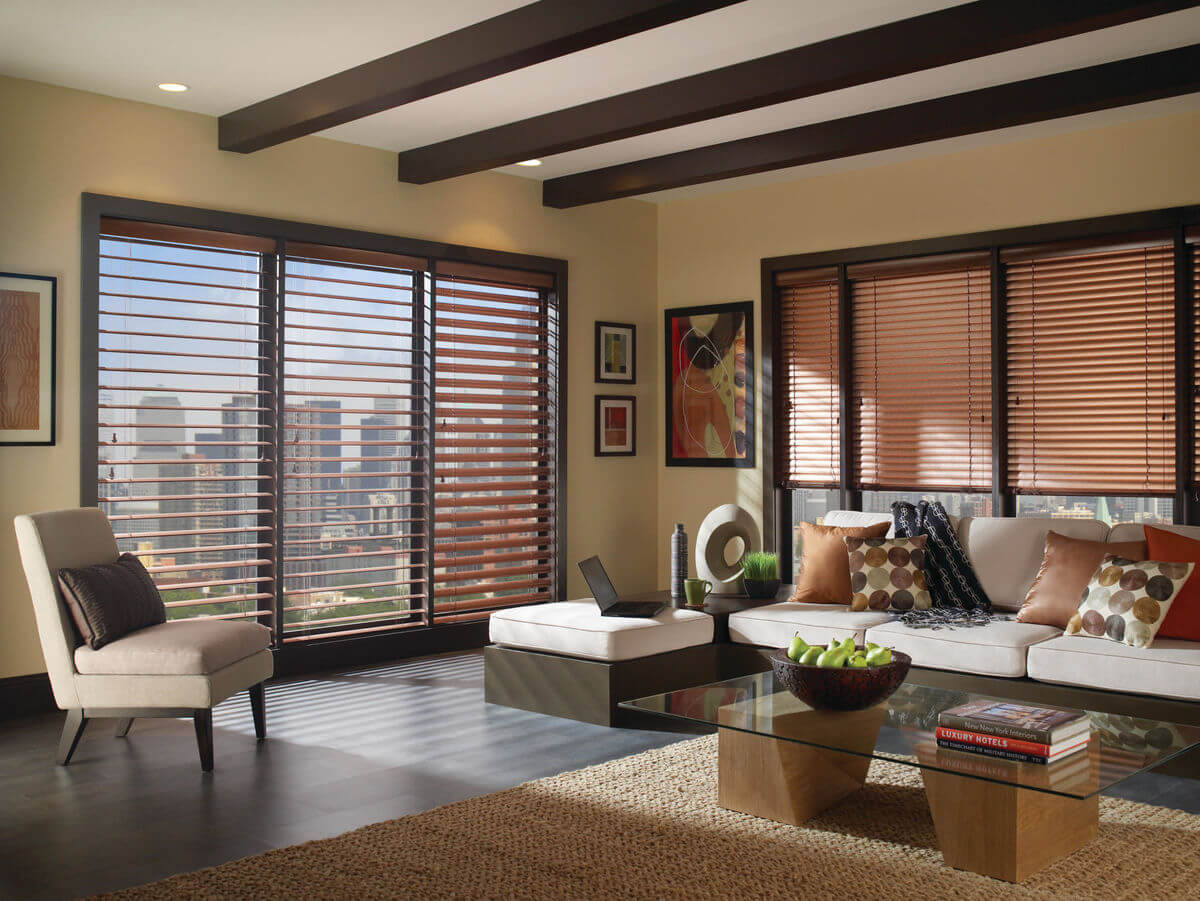
Key Features Of Southwestern Design
Southwestern design should be bold and vibrant. The goal of southwestern design is to create a warm and welcoming environment. Here are some of the key features of southwestern design:
- Bold, warm, earth tones with a healthy mix of bright patterns
- Sun-bleached materials, textiles, natural woods, and unpolished metals
- Clay, tile, terracotta, and woven accessories
- A healthy mix of bold patterns and prints that complement each other but do not match
- Colors that reflect a desert sunset
- Simplistic yet large pieces of furniture
Window Treatments For Southwestern Design Styles
With southwestern design you can really take it in different directions. Bold patterns are a huge part of southwestern design, so if you want to incorporate a patterned material, you would want to look at drapes, curtains, or Roman shades.
Be sure to look at the whole pattern of the material when it is stretched out full and then again when it is pleated together. You may be surprised at the difference between the two.
Wood window treatments are another option to consider. Wood blinds, woven wood shades, or wood shutters are a great way to bring in the warm, natural quality to your windows. These window treatments will be much more simplistic in their design. They are not intended to be the eye-catching element of the room, but they will bring a subtle sophistication to your space.
A fun element to add would be a combination of sleek, stylish wood blinds with a brightly patterned side panel or top treatment. This would incorporate both elements and add dynamic layers to your windows.
Conclusion
We hope this gives you a little more understanding of these five popular design styles. Remember that these are just five of the many design styles out there. The key is to find the main design elements that reflect your own style and personality and allow them to shine throughout your space.
We know there are so many other design styles to explore and we would love to dive into several more of these styles at a later time. If you are curious about which of these five categories fit with your personality and style, take our quick Design Style Quiz and find out!
You may already have an idea of what your personal design style is, or you may be pleasantly surprised by the results. Remember to consider that your design style is an extension of all aspects of your life - where you come from, where you are, and where you are going. Allow yourself to see the elements of these design styles that are reflected from your life experience.
No matter what your design style is, window treatments are a pivotal piece to any living space. The right window treatments will enhance the overall decor of the room and make it feel alive. Window treatments should bring balance and order to your rooms while also adding to decor and creating a statement. Our Gotcha Covered Designers are experts at taking your windows and adding a “wow” factor that you never realized was missing!
With such a wide variety of styles to choose from, working with a Gotcha Covered Design Expert is a wonderful way to get started. They have just the right tools to help you hone in on your own unique design style and find the perfect window treatments to fit within that style.
Are you looking to add new window treatments to your home or workplace? We have a wide selection of amazing window treatments from blinds and shutters to shades and draperies! Be sure to reach out to us at (888) 650-6187 or schedule a free design consultation to see what our Gotcha Covered Design Team can do for you!
 About the Author: Brooke Carr, Gotcha Covered
About the Author: Brooke Carr, Gotcha Covered
Brooke joined the Gotcha Covered family in 2018 as the Social Media Coordinator. She works closely with our corporate teams and our Gotcha Covered franchisees to develop insightful and helpful content for our brand.
